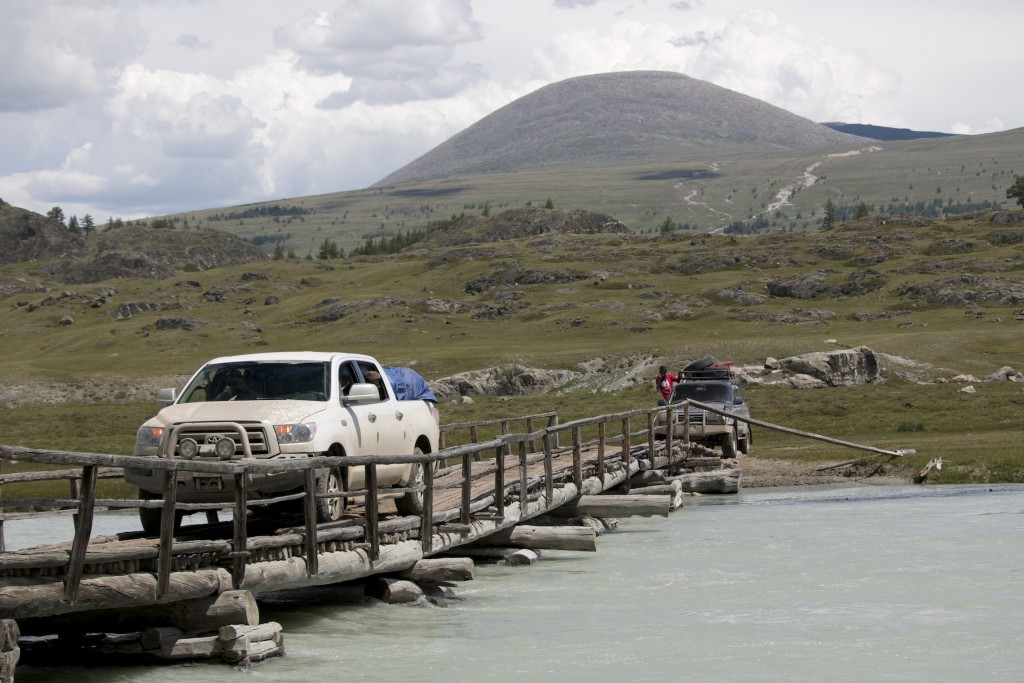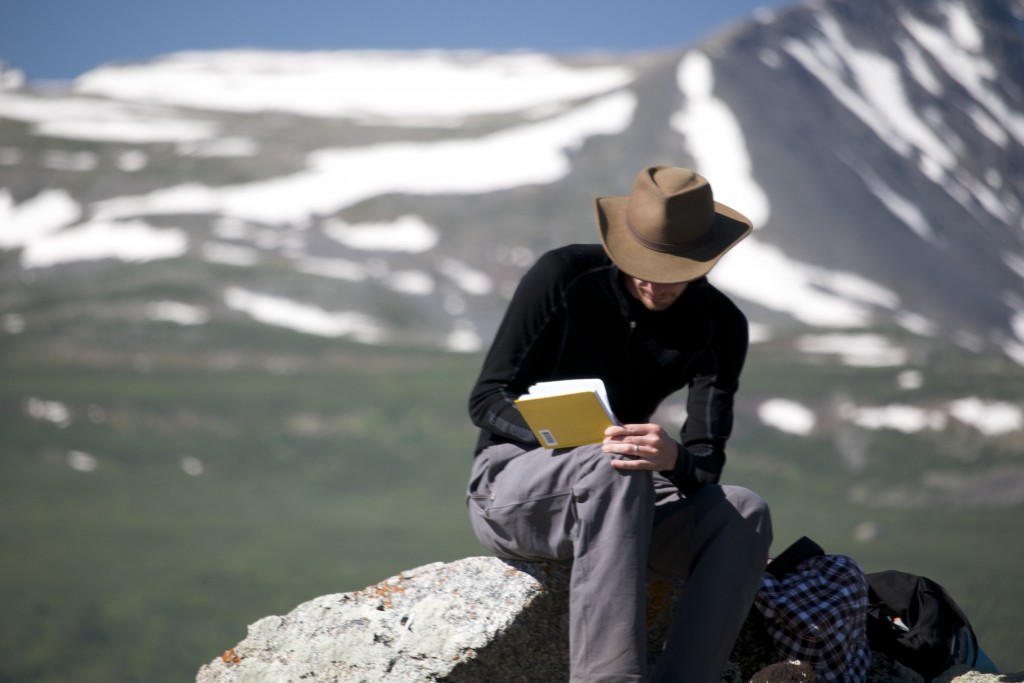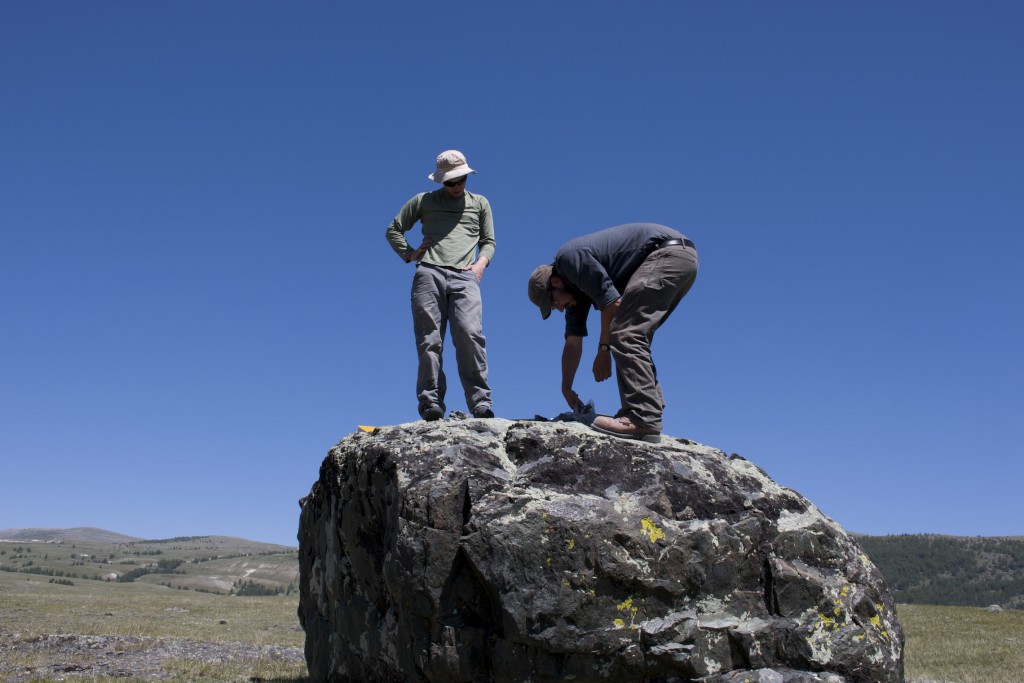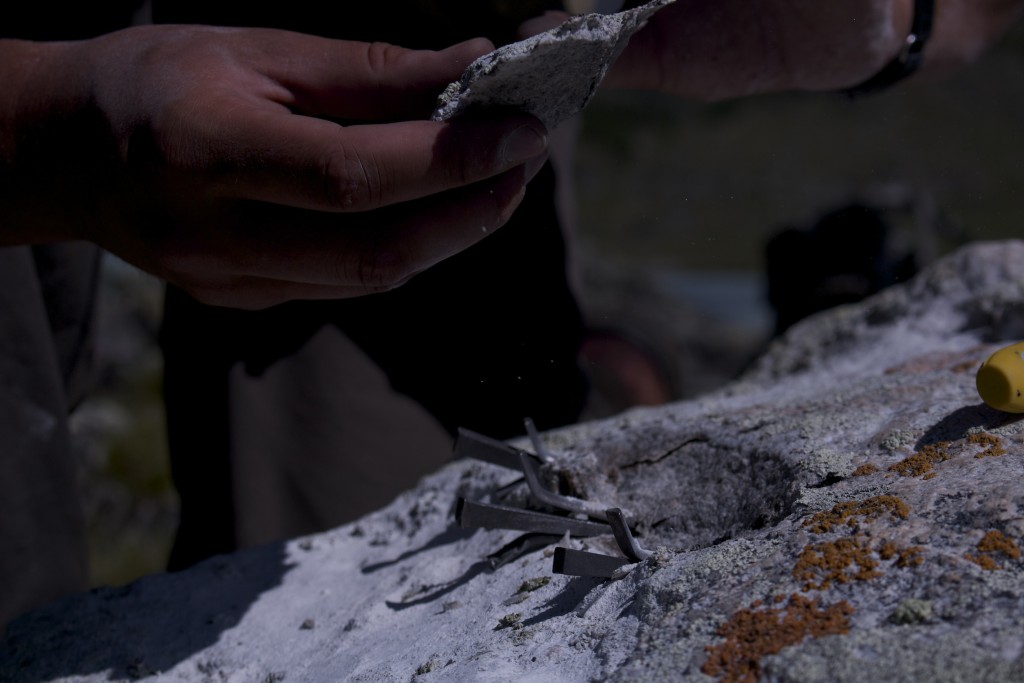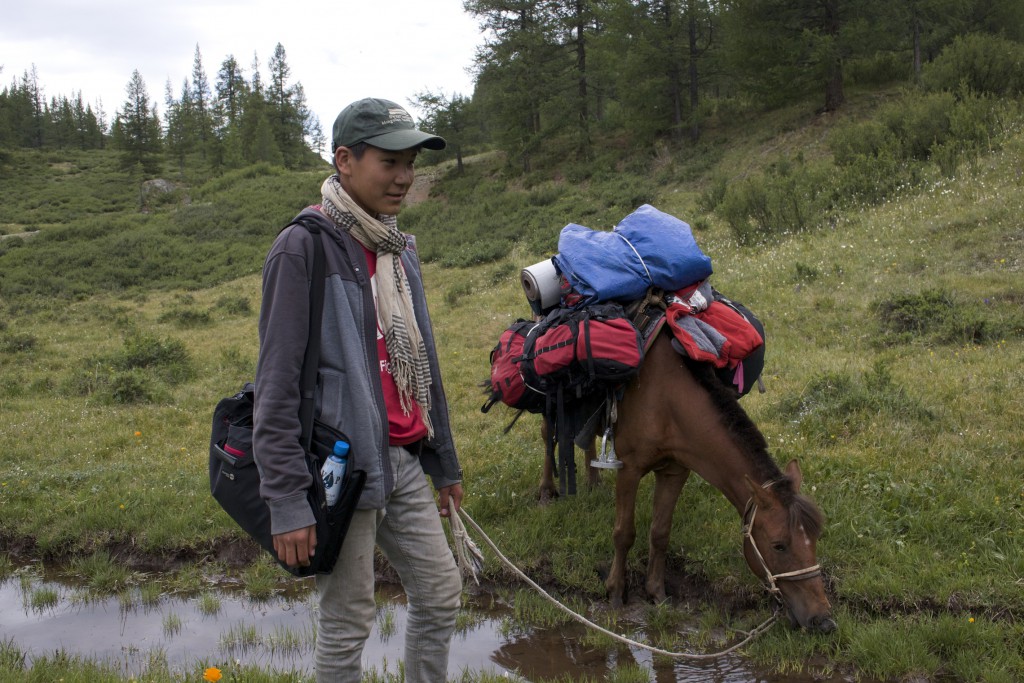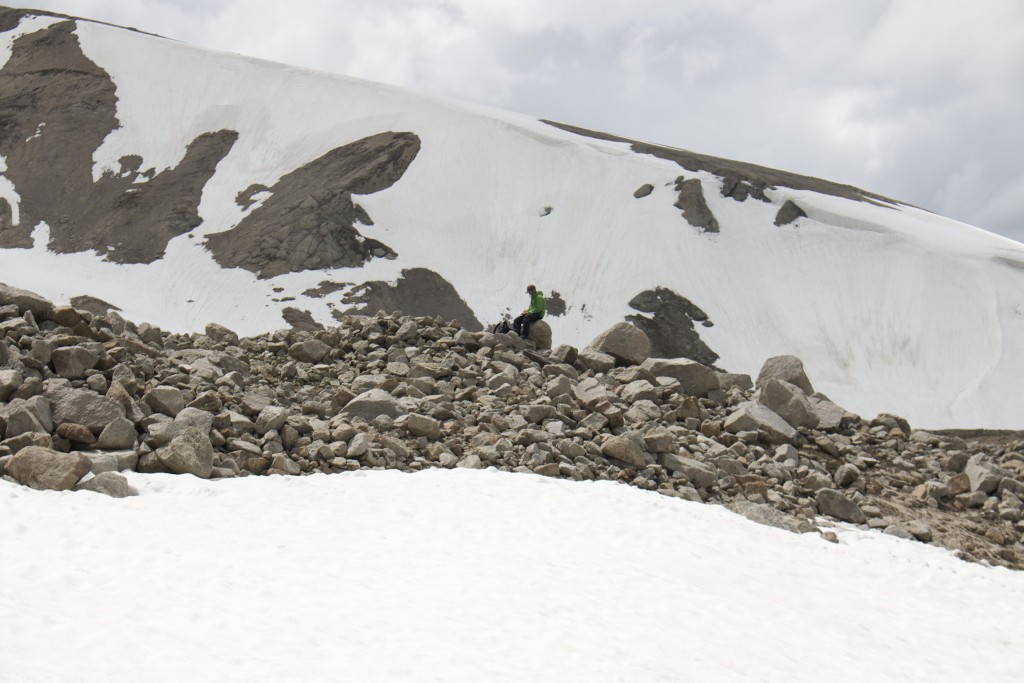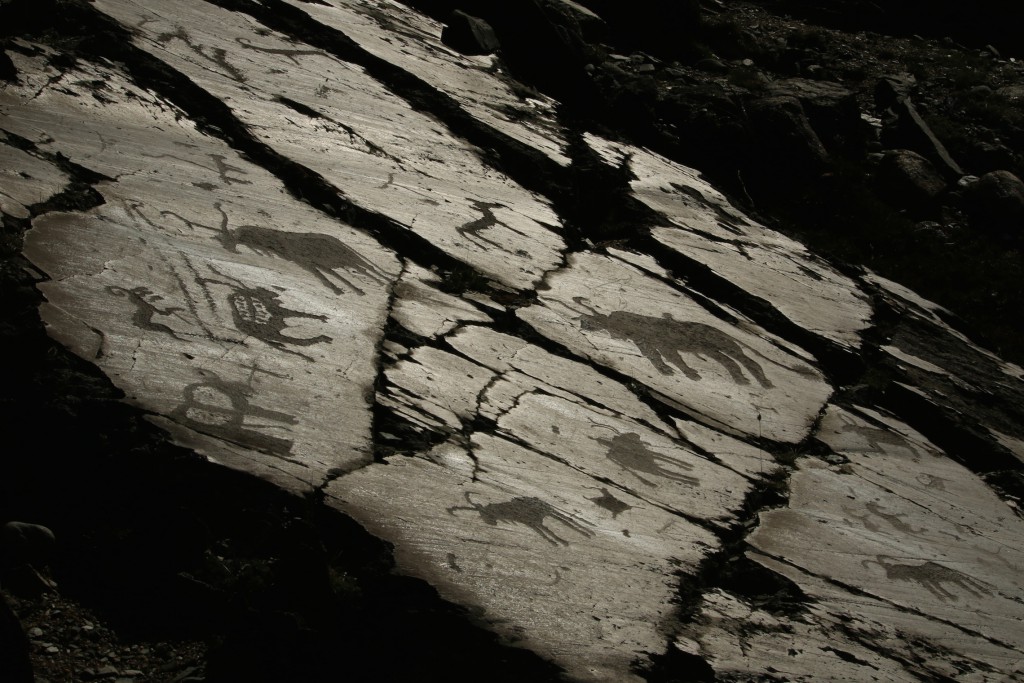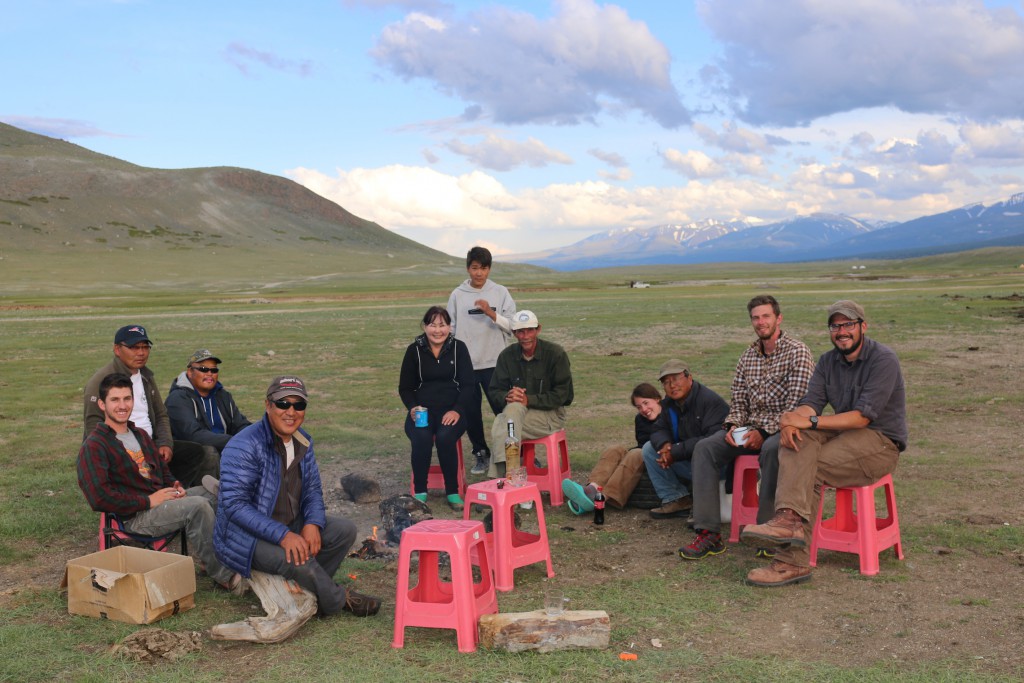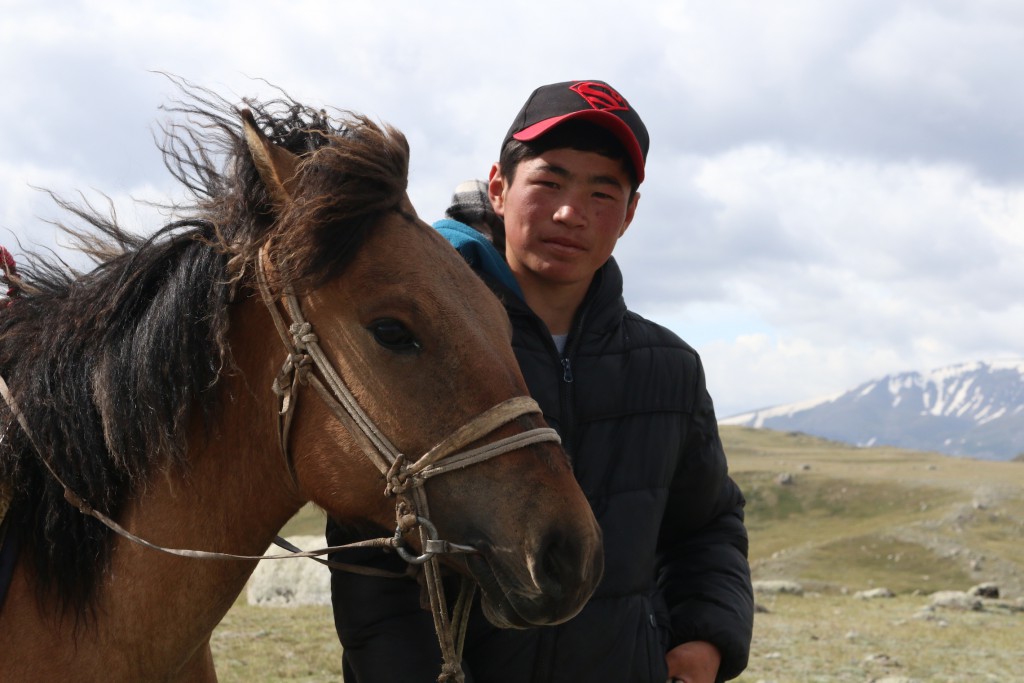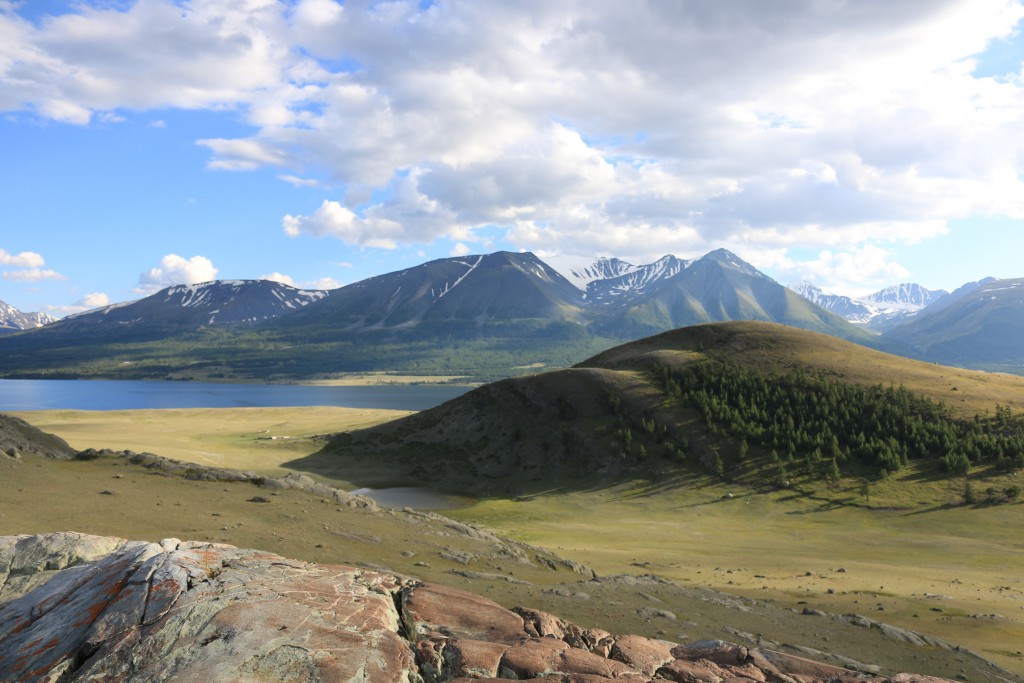By Sarah Kramer –
The Altai Mountains of western Mongolia may be concealing secret amidst the splendor. The breathtaking alpine landscape could hold clues to how abrupt climate change might have impacted our ancestors— and how it may impact our descendants.
This summer, a team of scientists, students and historians trekked through the hills and valleys of the Altai in Mongolia’s Bayan-Ölgii Province looking for traces of the last ice age.
“Everything’s immaculately preserved here,” said Aaron Putnam, currently an assistant research professor with the Lamont-Doherty Earth Observatory at Columbia University in New York. Evidence of the enormous glaciers that covered the landscape can be found in gentle slopes, scuffed bedrock and spectacular valleys of the region— if you just know where to look.
Medill News Service’s Sarah Kramer embedded with the team as they traversed the countryside and climbed up into the Altai, collecting rock samples that could provide insight into some of the most pressing questions in climate science: how and why did the last great ice age end— and what can that tell us about our future?
You can see more photos and read the team’s updates from the field at PhD candidate Peter Strand’s blog for University of Maine.
Medill’s embedded science reporting initiative is supported by scholarship funding from the Carnegie Corp. of New York.





